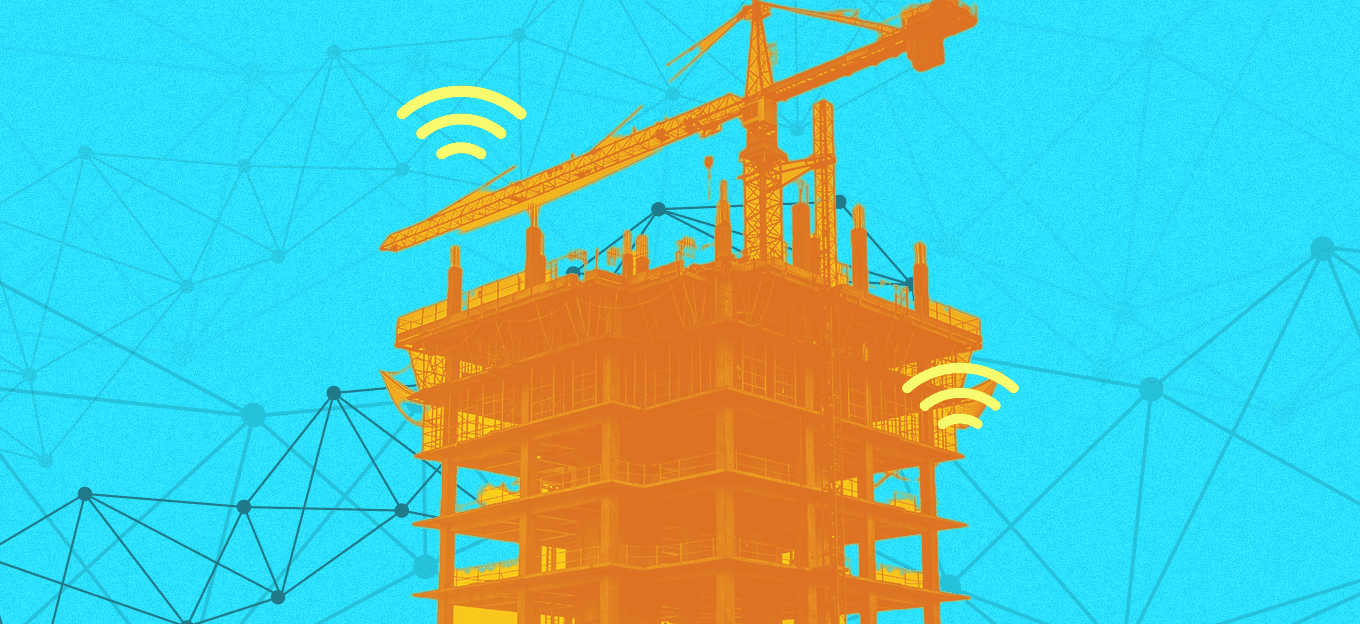Onsite Construction Worker Monitoring With Wearable IoT Devices
Onsite Construction Worker Monitoring With Wearable IoT Devices
- Last Updated: December 2, 2024
Guest Writer
- Last Updated: December 2, 2024



Ever since the time of the pharaohs, whenever a large project is under construction, it's been difficult—if not impossible—to know exactly how many people were on-site at any given time. Where are they throughout the day? When did they arrive? When did they leave?
According to McKinsey & Co, the manufacturing industry has realized three to five percent annual productivity improvements every year for the past 20 years. As a result, roughly three-quarters of surveyed projects run late and nearly all projects over $1 billion are late and/or over budget.
Fortunately, McKinsey & Co goes on to state that this can be solved and that a few straightforward actions can make an enormous difference. By investing in the appropriate technologies and onsite execution, operations can be made roughly 50 to 60 percent better. Construction companies can, in the best cases, substantially improve their profit margins by making the recommended improvements, according to McKinsey & Co.
Today, on average, labor comprises 41 percent of the total cost of a project. It's the single largest project expense. Materials (39 percent), engineering (15 percent) and management (5 percent) make up the remainder. It's clear that labor is the biggest lever in affecting construction costs. It's also the only predictably variable cost. So, when projects run late, while there are many other variables, it’s probably the result of labor and associated operational issues. If you can’t accurately measure labor, you can’t improve it.
By investing in worksite employee tracking solutions, construction companies can increase reliability in their project timelines, ultimately leading to wider profit margins.
The Role of Wearables in Construction Project Management
Fortunately, low-cost wearable technology has been developed to track worker attendance passively, while at the same time significantly improving worksite safety. Devices that never have to be re-charged or turned on can be attached to personal protective equipment (PPE), such as hardhats or safety vests, thereby connecting the worker to an employee monitoring solution hosted in the cloud.
Such employee management systems offer managers the ability to account for everyone almost immediately during a site emergency or evacuation, determine whether people are in restricted zones and confirm if they’re wearing their appropriate PPE. These solutions can also help to ensure that construction workers aren't working too long, for that's when accidents and errors occur most frequently. At the same time, General Contractors and project managers can get live or regular reports detailing attendance, time on site and other critical productivity measurements, serving as an early warning system for project delays. Moreover, when these solutions don't use GPS but rather onsite tracker receiving systems, workers can rest assured that they're only being tracked on the project and never offsite; their right to privacy is thus respected.
Today, the question for the construction executive is this: do you want to follow GM’s lead in 1975 when they knew significant productivity improvements were possible but chose not to implement them or follow Toyota’s path when they chose to make the productivity improvements and become the largest car company in the world?
Some construction firms have already chosen their path. Which path will you choose?
Written by Paul Solitario, a co-founder of International ThermoDyne, the makers of Opal.
The Most Comprehensive IoT Newsletter for Enterprises
Showcasing the highest-quality content, resources, news, and insights from the world of the Internet of Things. Subscribe to remain informed and up-to-date.
New Podcast Episode

IoT and AI in 2026
Related Articles




